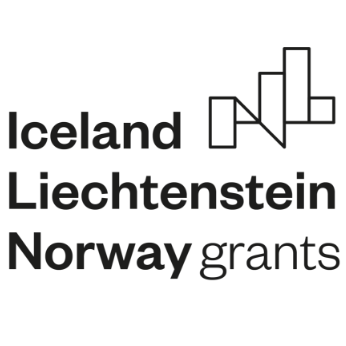About the project
How do pilgrims experience the routes to Nidaros Cathedral and the Island of Selja? How are the Holy Wells dedicated to St. Olav rediscovered as tourism destination? And how are places connected to contested traditions of popular religiosity embraced in local histories?
The project studies how places and routes with a religious or mythical past are re-storied and gain new significance as a cultural heritage.
By exploring the changing meanings of rural places and routes, and their potential in promoting social inclusion, we identify cultural processes that enhance the integrative power of places in Norway and the Baltic countries.
With a consortium that combines expertise in the fields of vernacular religion, folklore and narrative theory, heritage studies and cultural history, we scrutinize how places are made meaningful:
- how they are imagined and represented in different kinds of media,
- how narrative cultures connect to them,
- how people re-narrate their identity in relation to the multi-layered history of a region.
Purpose of the project
Studying re-storied sites in Norway and the Baltic countries, we observe old and new forms of place-making and compare revivals of traditions at different stages of development.
Sites and monuments from religious history, once defunct, are today acquiring additional value as sites of cultural heritage, while nature and landscape are re-evaluated as domains for spiritual growth. Many formerly abandoned places, practices and narrative traditions are being re-framed in light of contemporary societal values and challenges.
We ask how narrative cultures get translated from the past into the present, and how new ‘heritagized’ storyworlds emerge where folkloristic narrative traditions connect to contemporary experiences.
Cooperation
- University of Tartu, Estonia
- Institute of Literature, Folklore and Art, University of Latvia
- Institute of Lithuanian Literature and Folklore, Lithuania
Duration
01.01.2020 - 31.12.2024.
 Financing
Financing
European Economic Area (EEA)
Financial Mechanism 2014-2021.
